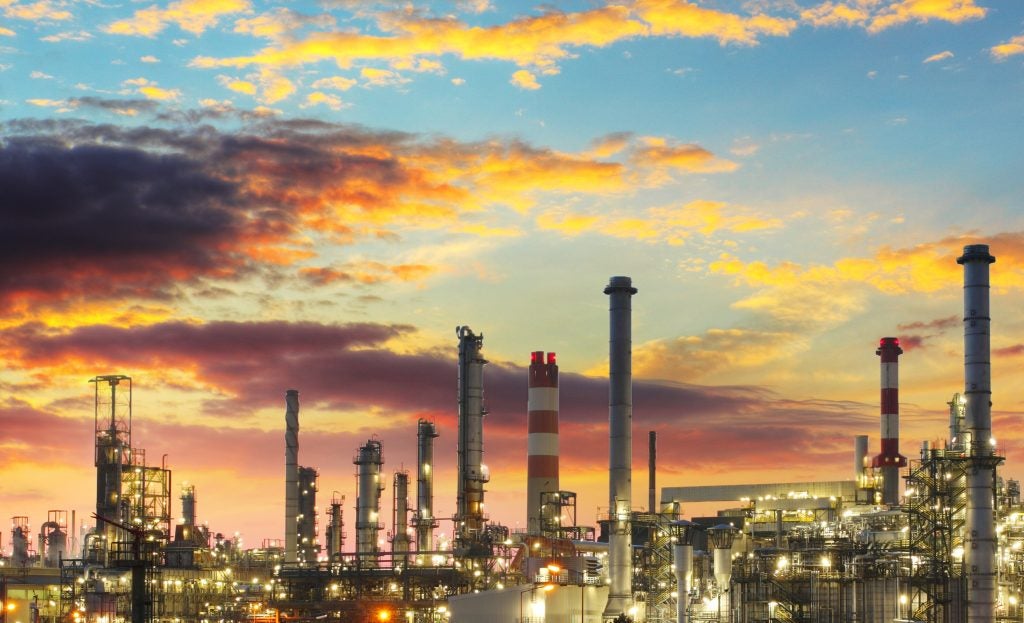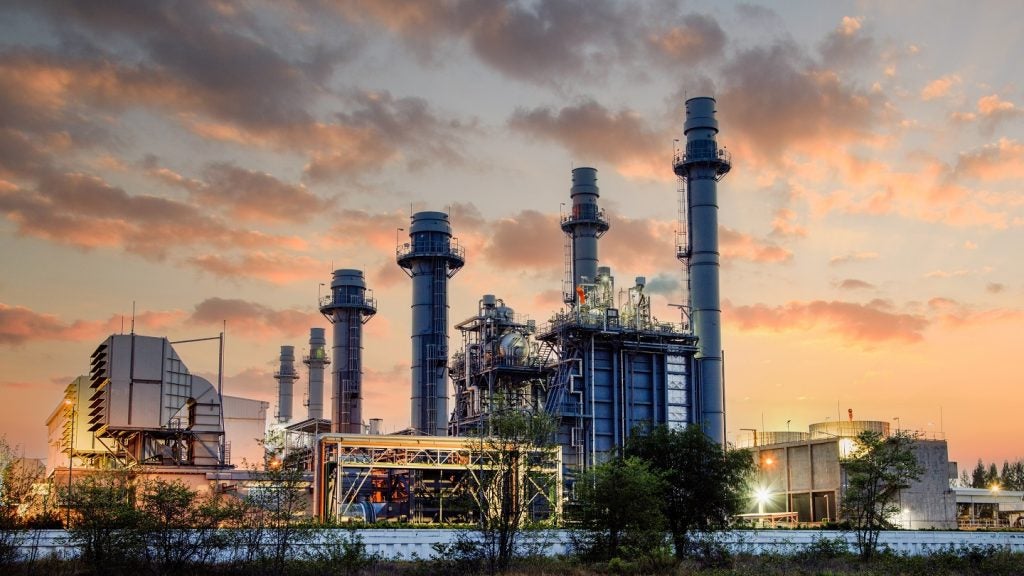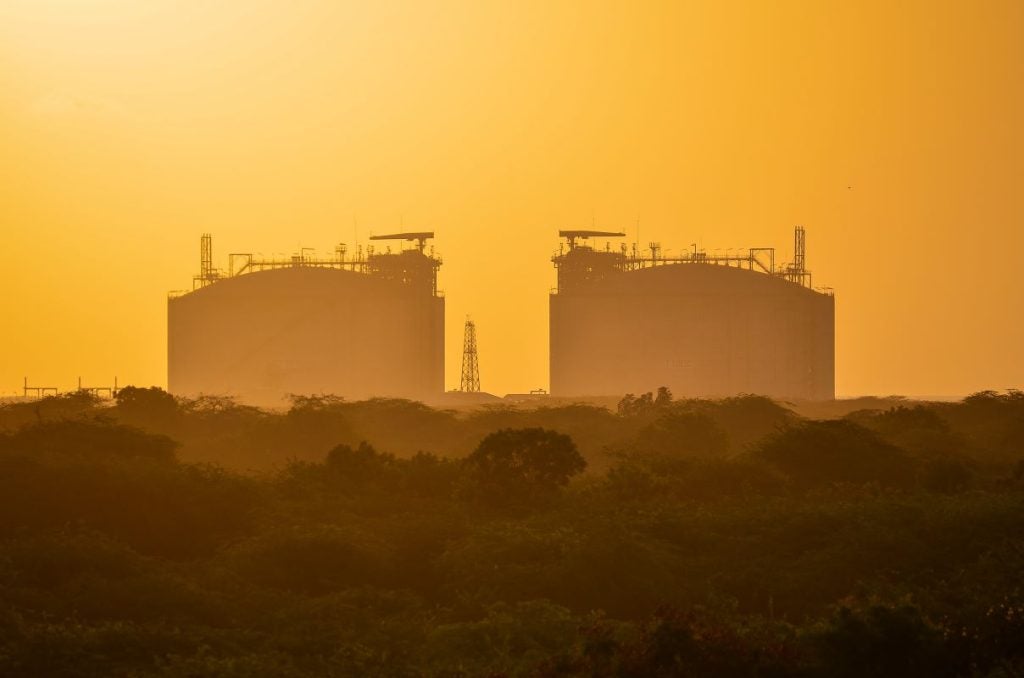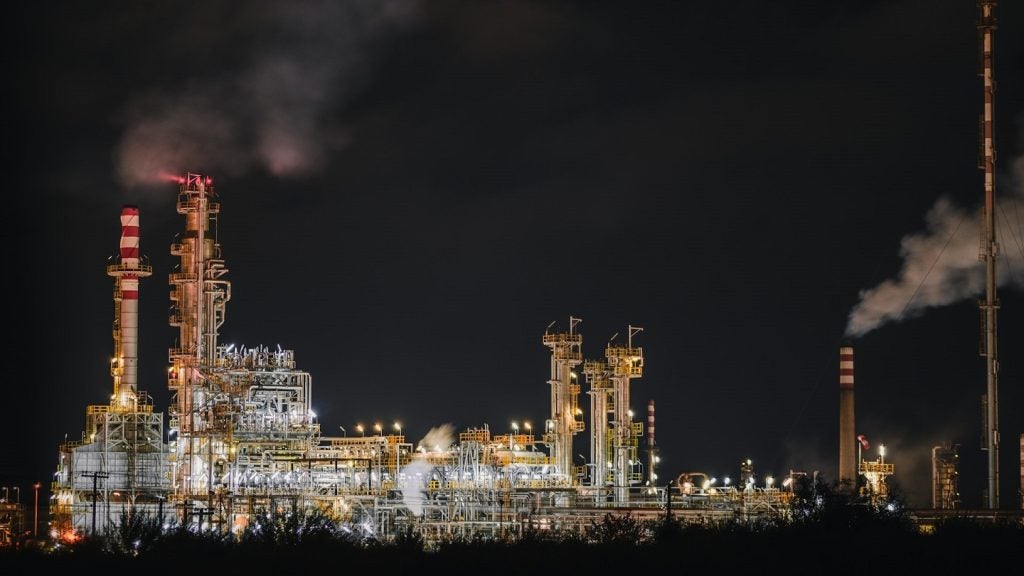Al-Jabal is a producing conventional oil field located onshore Libya and is operated by Sirte Oil. According to GlobalData, who tracks more than 34,000 active and developing oil and gas fields worldwide, the field is located in block Arean 89/6,90/6 & 105/6. Buy the profile here.
Field participation details
The field is owned by National Oil.
Production from Al-Jabal
The Al-Jabal conventional oil field recovered 99.69% of its total recoverable reserves, with peak production in 1968. Based on economic assumptions, production will continue until the field reaches its economic limit in 2027.
About Sirte Oil
Sirte Oil Co (SOC), a subsidiary of National Oil Corp, is an oil and gas company that explores, produces and markets crude oil and natural gas. The company’s oil refinery products include kerosene, diesel oil, heavy oil, light naphtha, superbenzene, light fuel and jet fuel. Its activities comprise refining of crude oil, liquefaction of natural gas and petrochemicals. SOC provides petrochemicals such as methanol, ammonia and urea. The company operates oil and associated gas fields such as Nasser, raguba, lehib, jebel, wadi, ralah, Arshad, ain jerbi and al wafa; and non-assocaited gas fields such as hateiba, sahl, assamound, meghil, sorrah and attahaddy. SOC is headquartered in Tripoli, Libya.
For more details on the Al-Jabal Conventional Oil Field, buy the profile here.
Data Insights
From

The gold standard of business intelligence.
Blending expert knowledge with cutting-edge technology, GlobalData’s unrivalled proprietary data will enable you to decode what’s happening in your market. You can make better informed decisions and gain a future-proof advantage over your competitors.







